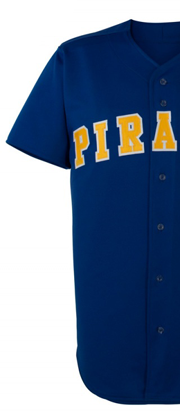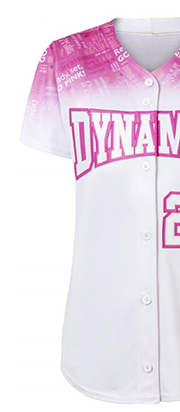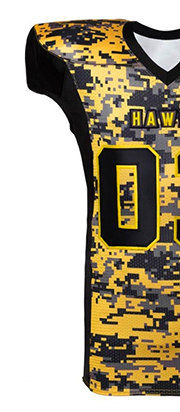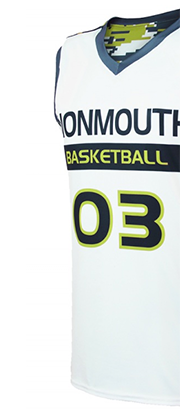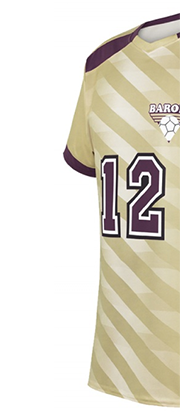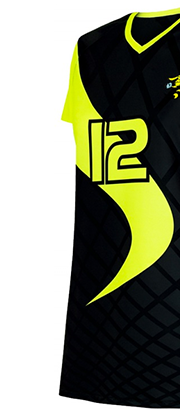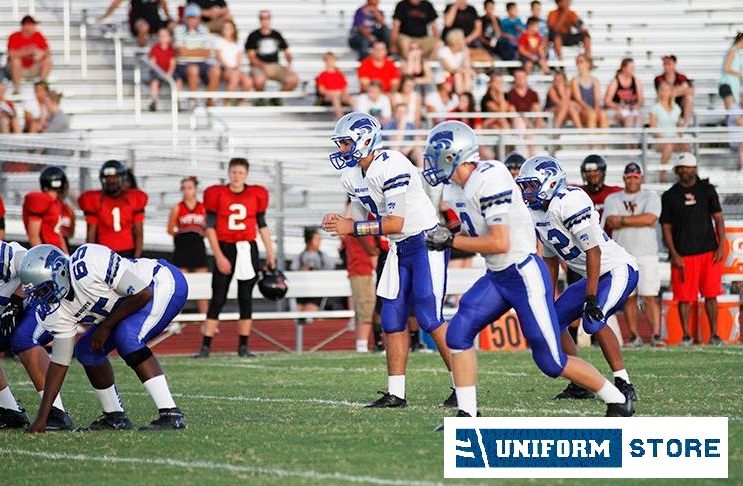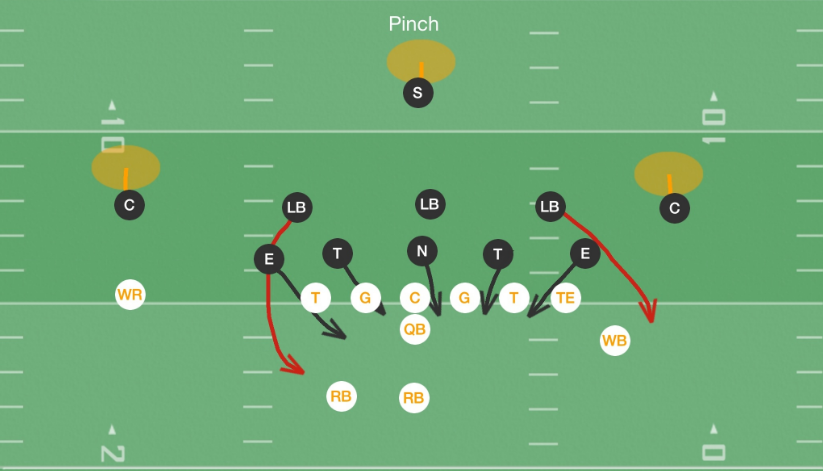Mechanics are very crucial in baseball. The mechanics involved in playing baseball can be simply compared to the choreography of a dancer. Baseball players have to refine their mechanics on a regular basis for optimal performance.
This applies in every aspect of baseball such as hitting mechanics, pitching mechanics, mental mechanics, and fielding mechanics. Since it is hardly possible to get at the peak of almost perfect mechanics, what you can do is continuing to immerse yourself in trying to get better every day.
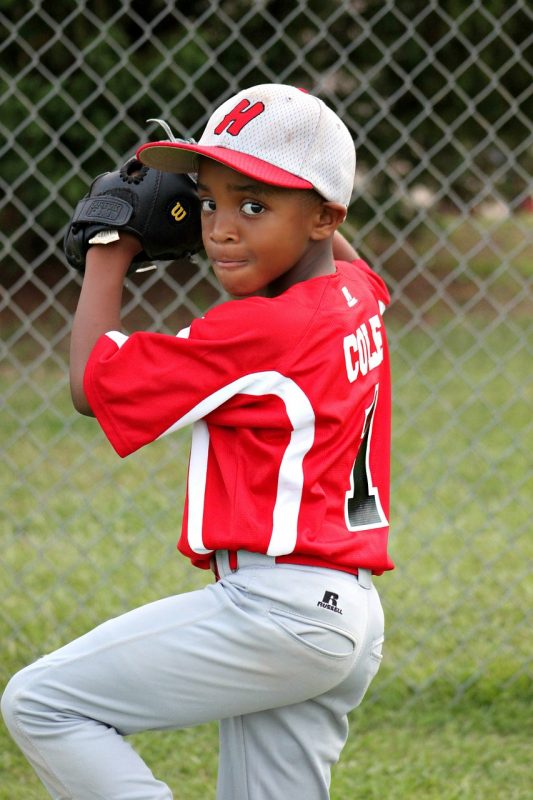
Mirror Drills – What are they?
Mirror drills used by pitchers are a type of drills used to improve pitching mechanics and the ability to assess game situations mentally. For the purposes of this exercise, you could just get a decent custom mirror from suppliers like Majestic Glass. Pitchers can be taught how they can do practices on mirror drills so as to have a visual perception of how they would be like when they find themselves in a situation full of pressure.
Most pitchers have ever been in such situations for uncountable times. Pitchers can also be taught how to visualize themselves in scenarios of full count, bottom of ninth, two outs, bases loaded, game seven and world series while facing a hitter.
This practice gets players into a playing zone mentally even though they are not there physically. Players, who hope to become stars in future, be it in school or MLB can use such visualization techniques.
Mirror Drills for Younger Guys
There are many young players, even those as old as 12, who have difficulties in understanding how to do pitching routines. Many younger players may not even know how to take signs from catchers or coming set in a uniform manner.
Their coaches may not be pointing out such issues. A good coach should spend 10 to 20 minutes going over how players take signs, come set and how to get in set positions. Such a drill is especially important to coach the younger players.
In the drill, the kids should start with positioning themselves while facing a mirror and do it like they are pitching into a mirror. First, the kids should be in a stretch position as if they are taking a sign. Secondly, they’re coming to set, an action of taking a sign and moving to a set position.
Finally, they’re in a set position such that they know how their hands, shoulders and feet placement are aligned. Most young players do not know how to maintain “come set” at different pitches. They tend to show inconsistency and this is mostly due to lack of confidence.
Using a Mirror to Practice Wind-up
Once you are in a set position, you will need going through the wind-up and lifting up your knee with balance.
A good coach should teach their pitchers how to wind-up with consistency as they lift their knee up to hip height or more, followed by setting down their foot. Once you master this, you can drive towards a mirror and land with a controlled and balanced position.
It is very crucial for pitchers to know where they land their foot and where the body is when landing. The importance of realizing this is to improve their timing.
Once your coach teaches you this, the next coaching session will tell whether you have improved or not. You can get used to it by doing mirror drills for some few times and staying focused.
Once you familiarize yourself with mirror drills, you can master your mechanics with simple repetition. Once done, you can visualize how to look back at hitters as they walk back to a dugout after striking them out.

